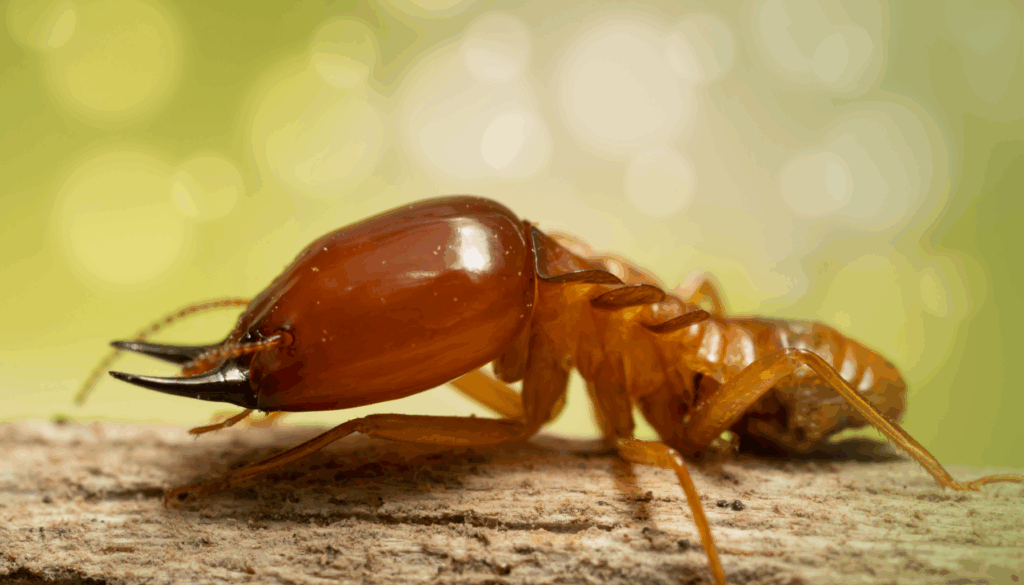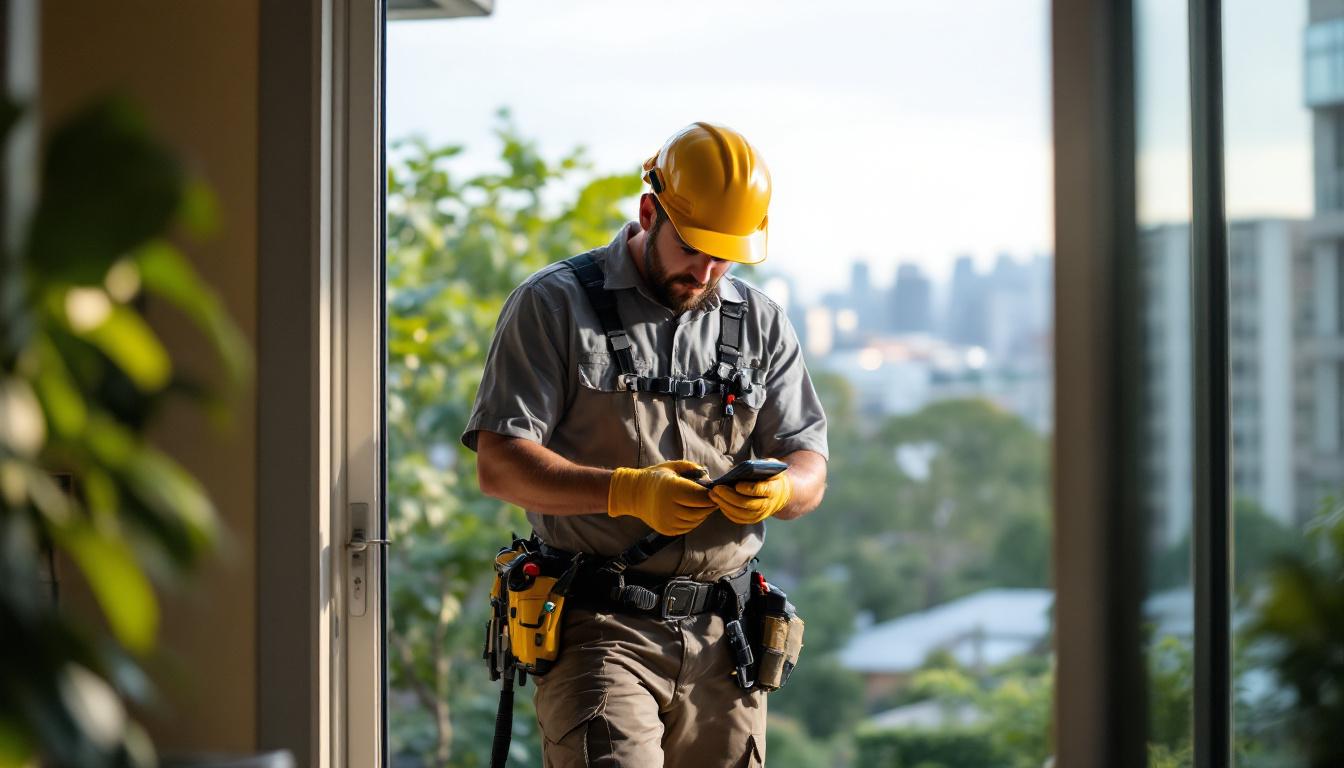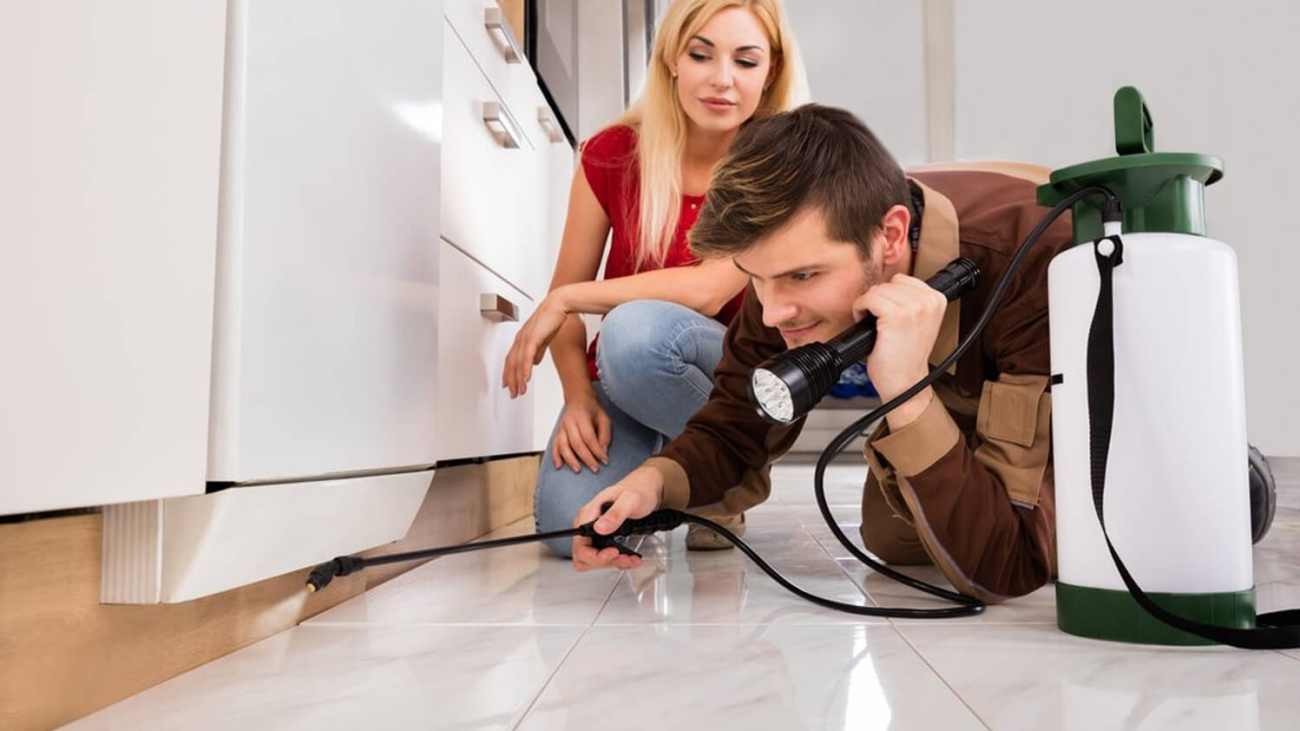Termites are a significant concern for homeowners in Sydney, where the warm climate creates an ideal environment for these destructive pests. Understanding how to protect your home from termite infestations is crucial for maintaining property value and ensuring peace of mind. This comprehensive guide delves into the various aspects of termite protection, including prevention strategies, treatment options, and ongoing maintenance.
Understanding Termites
Termites are social insects that live in colonies and feed on cellulose-based materials, primarily wood. In Sydney, the most common species include the Eastern Subterranean Termite and the Drywood Termite. These pests can cause extensive damage to wooden structures, which can lead to costly repairs without sydney termite control.
Termites operate silently, often going unnoticed until significant damage has occurred. Their ability to consume wood from the inside out makes early detection challenging. Therefore, understanding their behaviour and habitats is essential for effective prevention and control.
Types of Termites in Sydney
In Sydney, the two primary types of termites are subterranean and drywood termites. Subterranean termites build their nests underground and require moisture from the soil. They are notorious for their destructive capabilities, often causing severe damage to homes and buildings.
Drywood termites, on the other hand, do not require contact with soil and can infest dry wood. They typically enter homes through small cracks and crevices, making them harder to detect. Knowing the differences between these species can help homeowners implement targeted protection strategies.

Signs of Termite Infestation
Identifying a termite infestation early can save homeowners from extensive damage. Common signs include:
- Wood Damage: Hollow-sounding wood or visible tunnels in wooden structures.
- Frass: Termite droppings that resemble sawdust or small pellets.
- Swarmers: Winged termites that leave the colony to establish new nests, often seen during warmer months.
Regular inspections of your property can help catch these signs early, allowing for timely intervention.
Preventative Measures for Termite Protection
Prevention is the most effective strategy for termite protection. Implementing a combination of physical barriers, environmental modifications, and regular inspections can significantly reduce the risk of infestation.
Physical Barriers
Installing physical barriers is one of the most effective ways to prevent termites from entering your home. These barriers can include:
- Steel Mesh: A fine mesh that can be installed around the foundation of your home to prevent termites from accessing wooden structures.
- Concrete Slabs: A solid concrete foundation can deter subterranean termites from entering your home.
- Termite Shields: Metal shields can be installed to create a barrier between wooden structures and the soil.
Consulting with a pest control professional can help determine the best physical barriers for your property.
Environmental Modifications
Modifying the environment around your home can also help deter termites. Consider the following strategies:
- Moisture Control: Ensure proper drainage around your home to prevent water accumulation, as termites are attracted to moisture.
- Wood Storage: Store firewood and other wooden materials away from the home and off the ground to reduce the risk of attracting termites.
- Landscaping: Maintain a clear zone around your home by keeping mulch and vegetation away from the foundation.
By creating an unfavourable environment for termites, homeowners can significantly reduce the likelihood of an infestation.
Regular Inspections
Conducting regular inspections is crucial for early detection of termite activity. Homeowners should consider scheduling professional inspections at least once a year. During these inspections, pest control experts will look for signs of infestation, assess potential risk factors, and recommend appropriate measures.
In addition to professional inspections, homeowners can perform their own checks by looking for signs of termites in and around the home. Regular monitoring can help catch infestations before they escalate. Read more about the importance of regular termite inspections at http://extension.msstate.edu/content/signs-termite-infestation
Treatment Options for Termite Infestations
If a termite infestation is detected, prompt action is essential to minimise damage. Various treatment options are available, depending on the severity of the infestation and the type of termites involved.
Chemical Treatments
Chemical treatments are one of the most common methods for controlling termite infestations. These treatments can be divided into two categories:
- Soil Treatments: Liquid insecticides are applied to the soil around the foundation of the home to create a barrier that prevents termites from entering.
- Wood Treatments: Insecticides can be injected into infested wood or applied to surfaces to kill existing termites and prevent future infestations.
It is essential to hire a licensed pest control professional to apply these treatments, as improper use can pose health risks and may not effectively eliminate the infestation.
Baiting Systems
Baiting systems are another effective method for termite control. These systems involve placing bait stations around the perimeter of the home, which contain a slow-acting insecticide. Termites consume the bait and carry it back to their colony, ultimately leading to the elimination of the entire colony.
Baiting systems can be a more environmentally friendly option compared to traditional chemical treatments, as they target the termites directly and reduce the risk of chemical exposure to humans and pets. Regular monitoring and maintenance of bait stations are crucial for their effectiveness.
Fumigation
In cases of severe infestations, fumigation may be necessary. This process involves covering the entire structure with a tent and introducing a gas that penetrates all areas of the home, killing termites. Fumigation is typically used for drywood termite infestations and requires homeowners to vacate the premises for a period of time.
While fumigation is highly effective, it is also the most invasive treatment option and should only be considered when other methods have failed or when the infestation is extensive. Click here to learn about the good and bad of fumigation.
Ongoing Maintenance and Monitoring
After addressing a termite infestation, ongoing maintenance and monitoring are essential to prevent future problems. Homeowners should consider implementing a termite management plan that includes regular inspections and treatments.

Establishing a Termite Management Plan
A termite management plan should be tailored to the specific needs of your property and may include:
- Regular Inspections: Schedule annual inspections with a pest control professional to monitor for signs of termite activity.
- Preventative Treatments: Consider ongoing chemical treatments or baiting systems as a proactive measure against future infestations.
- Home Maintenance: Regularly check for and repair any leaks, cracks, or other conditions that may attract termites.
By establishing a comprehensive management plan, homeowners can significantly reduce the risk of termite infestations and protect their investment.
Conclusion
Termite protection is a critical aspect of home maintenance for residents in Sydney. By understanding the types of termites, recognising the signs of infestation, and implementing effective prevention and treatment strategies, homeowners can safeguard their properties against these destructive pests. Regular inspections and ongoing maintenance are essential components of a successful termite management plan, ensuring that your home remains a safe and secure environment.
Related : What a Termite Specialist in Sydney Can Do That DIY Can’t

